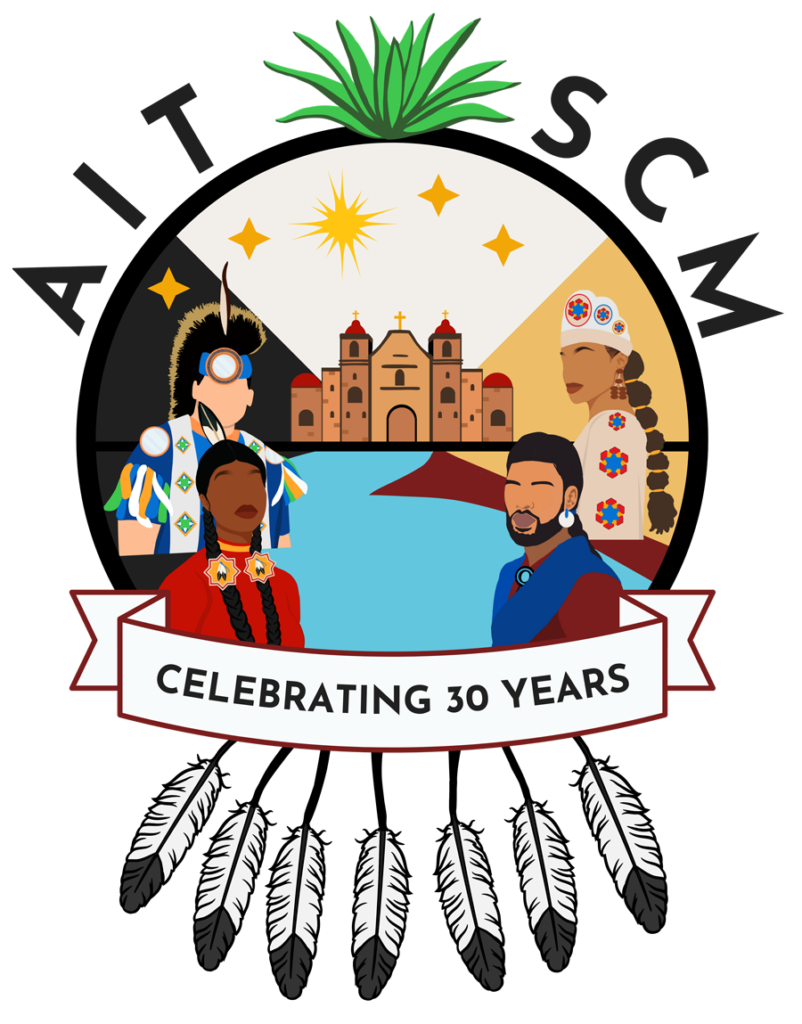Written by Jahsanna Randolph and Elena Enriquez
The word “superfood” is a trending term in foodie circles, referring to any unprocessed food that is rich in nutrients. However these circles often neglect the longstanding history of Indigenous usage, looking instead to make a marketable item. One such food is the Prickly Pear, or Tuna fruit. Touted recently as an exotic “super drink”, our ancestors have been thriving off of the fruit for thousands of years, celebrating its life sustaining nutrition and hydration properties with a yearly summer harvest.
Prickly Pear played a vital role in the diet and culture of the Coahuiltecan. Rich in antioxidants, fiber, vitamin C, calcium, and other essential vitamins and minerals, this juicy fruit and its pads became an essential food and water source in the summer months. The cactus pads, or nopales, a common Tex-Mex ingredient, were also eaten in the spring and used as medicine throughout the year.
Many Coahuiltecan bands planned their migration around prickly pear harvest season and would look forward to this time all year. During the summer harvest, the groves became a social gathering place where communities from many bands would trade goods, share stories of the year, and hold ceremonies together. They would fill up on the nutritious fruit and nopales before moving on to the pecan harvests in the fall.

Fresh prickly pear fruits were usually eaten raw, though some would dry the slices in the sun to preserve them, while others would boil the juice down to make syrup or jelly. If the juice was boiled enough it would become like a chewy candy that could keep for months! The cactus pads, could be eaten raw, grilled, dried in the sun, or even juiced.
The whole plant was used for food, medicine, and tools. The spines of the prickly pear were often used as needles for sewing, piercing, and tattoos. The sap from the cacti was used as a shampoo and to treat burns and abrasions. The pads could also be used for food storage.
Today, the prickly pear is becoming a popular flavor for sodas, spirits, candies, and more. The fruit is even being used in biofuel – a natural gasoline alternative! However, we hope its Native American history is always remembered and treated with respect.
At AIT, we often serve prickly pear agua frescas to honor the significance of this lifegiving and delicious fruit. Check out our Coahuiltecan Foodways series for more history and let us know your favorite ways to eat prickly pear and nopales in the comments!

Sources:
https://www.texasbeyondhistory.net/st-plains/peoples/coahuiltecans.html
https://aihd.ku.edu/foods/texas.html
